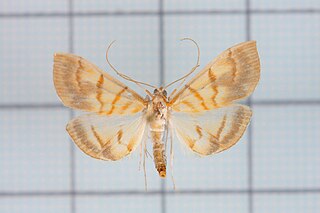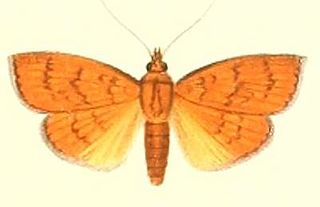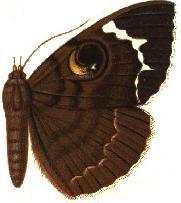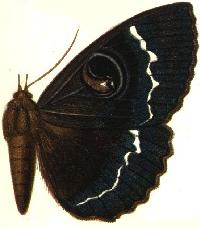
Mount Erebus is the second-highest volcano in Antarctica, the highest active volcano in Antarctica, and the southernmost active volcano on Earth. It is the sixth-highest ultra mountain on an island, and the second-highest in Antarctica. With a summit elevation of 3,794 metres (12,448 ft), it is located in the Ross Dependency on Ross Island, which is also home to three inactive volcanoes: Mount Terror, Mount Bird, and Mount Terra Nova.

HMS Erebus was a Hecla-class bomb vessel constructed by the Royal Navy in Pembroke dockyard, Wales, in 1826. The vessel was the second in the Royal Navy named after Erebus, the personification of darkness in Greek mythology.

The Erebus class of warships was a class of 20th century Royal Navy monitors armed with a main battery of two 15-inch /42 Mk 1 guns in a single turret. It consisted of two vessels, Erebus and Terror, named after the two ships lost in the Franklin Expedition. Both were launched in 1916 and saw active service in World War I off the Belgian coast. After being placed in reserve between the wars, they served in World War II, with Terror being lost in 1941 and Erebus surviving to be scrapped in 1946.

Spilomelinae is a very species-rich subfamily of the lepidopteran family Crambidae, the crambid snout moths. With 4,135 described species in 344 genera worldwide, it is the most speciose group among pyraloids.

Erebus is a genus of moths in the family Erebidae.

Crocidophora is a genus of moths of the family Crambidae. The genus was erected by Julius Lederer in 1863.

Herpetogramma is a genus of moths in the family Crambidae described by Julius Lederer in 1863. It currently comprises 106 species that are found in North America, Eurasia, Australia, New Zealand, Central and South America. Of the few species where host plants are known, the larvae mostly feed on grasses.

Nosophora is a genus of moths in the family Crambidae.

Pagyda is a genus of moths of the family Crambidae.

Paliga is a genus of moths of the family Crambidae erected by Frederic Moore in 1886.

Ercheia is a genus of moths in the family Erebidae. The genus was erected by Francis Walker in 1858.

Erebus Montes is a group of mountains in the Diacria quadrangle of Mars, located at 35.66° North and 185.02° West. It is 811 km across and was named after an albedo feature at 26N, 182W.

Chrysocraspeda is a genus of moths in the family Geometridae described by Charles Swinhoe in 1893.

Erebus aerosa is a moth of the family Erebidae first described by Charles Swinhoe in 1900. It is found in Indonesia.

Erebus jaintiana is a moth of the family Erebidae first described by Charles Swinhoe in 1896. It is found in the Indian state of Meghalaya and in Vietnam.

Erebus superba is a moth of the family Erebidae first described by Charles Swinhoe in 1908. It is found in the Indian state of Meghalaya and in Nepal.
Erebus lombokensis is a moth of the family Erebidae first described by Charles Swinhoe in 1915. It is found on Lombok in Indonesia.
Erebus sumbana is a moth of the family Erebidae first described by Charles Swinhoe in 1918. It is found on the Indonesian islands of Seram and Sumba and the Philippine island of Luzon.
Hypopyra padanga is a moth of the family Erebidae first described by Charles Swinhoe in 1918. It is found on Sumatra in Indonesia.

The European Research Group (ERG) is a research support group and caucus of Eurosceptic Conservative Members of Parliament of the United Kingdom. The journalist Sebastian Payne described it in the Financial Times as "the most influential [research group] in recent political history".













